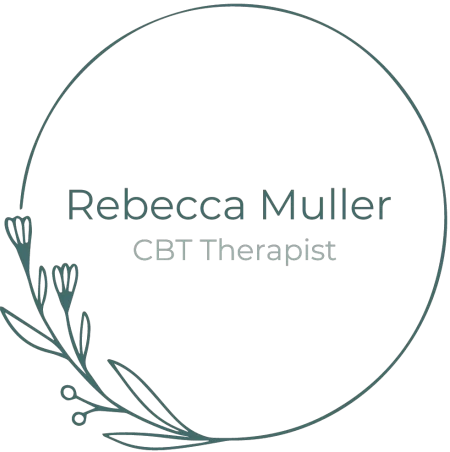As an EMDR therapist based in North Berwick, I'm excited to share information about a powerful development in trauma therapy: Group EMDR, also known as the Group Traumatic Episode Protocol (G-TEP). This innovative approach combines the effectiveness of EMDR therapy with the healing power of group dynamics.
What Is Group EMDR?
Group EMDR is a structured protocol that allows multiple people to process traumatic experiences simultaneously. While it maintains the core elements of individual EMDR therapy, it's specifically designed to harness the power of collective healing while ensuring each person's privacy and safety in their processing.
How Is It Different?
Unlike individual EMDR, where you work one-on-one with a therapist, Group EMDR creates a shared healing environment. However, you're not required to share your traumatic experiences with the group. Each person processes their own memories privately while benefiting from the group's supportive presence.
How Does It Work?
The Structure
Groups typically include 6-8 participants with one or two trained facilitators. Sessions are carefully structured to ensure safety and containment. Each participant has their own workspace and processing materials, allowing for private processing within the group setting.
The Process
The protocol begins with group preparation and resource building. Participants then work with their own memories using specially designed worksheets and bilateral stimulation. While the processing is individual, the group setting provides a powerful container for healing.
Key Components
Several elements make Group EMDR particularly effective. The shared resources and coping strategies create a foundation for healing, while group containment provides safety and support. Though processing is individual, the collective energy enhances the experience, all within carefully structured safety protocols.
What to Expect in Sessions
During a Group EMDR session, you'll have your own private workspace and use bilateral stimulation, usually through tapping or audio. You'll process your experiences privately while benefiting from group support, without needing to share details. Throughout the sessions, you'll learn from shared resources and coping strategies.
The beauty of Group EMDR lies in its ability to combine private processing with group support. You're never required to share your traumatic experiences, yet you benefit from the powerful healing energy of the group. It's like having your own private healing journey while being held in a supportive community container.
Many participants find that processing in a group setting helps normalize their responses to trauma and reduces feelings of isolation. There's something powerfully healing about knowing others are on a similar journey, even while maintaining privacy around your specific experiences.
If you're interested in exploring Group EMDR, the first step is a brief individual assessment to ensure this approach is right for you. While Group EMDR can be highly effective, it's important to determine if it's the best fit for your specific needs and circumstances.
Want to learn more about how Group EMDR might support your healing journey? Please reach out to discuss whether this approach could be right for you.
